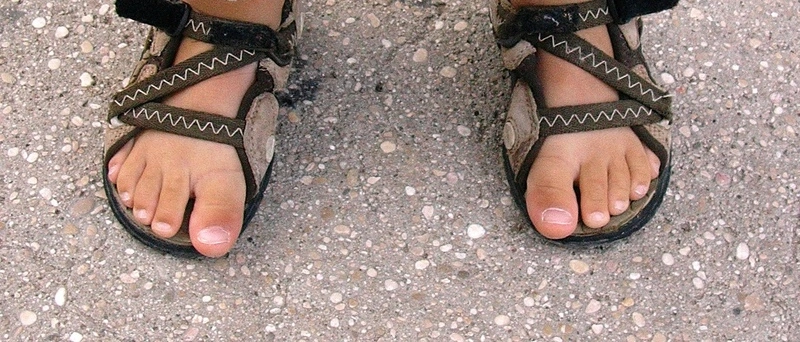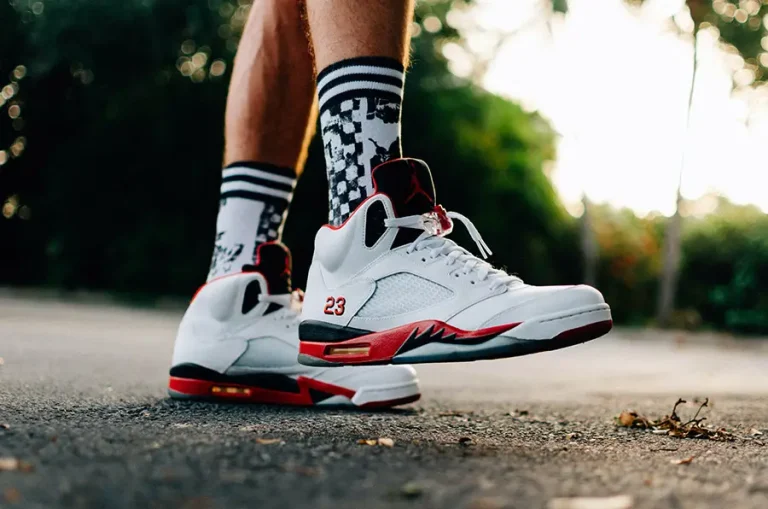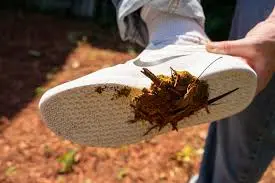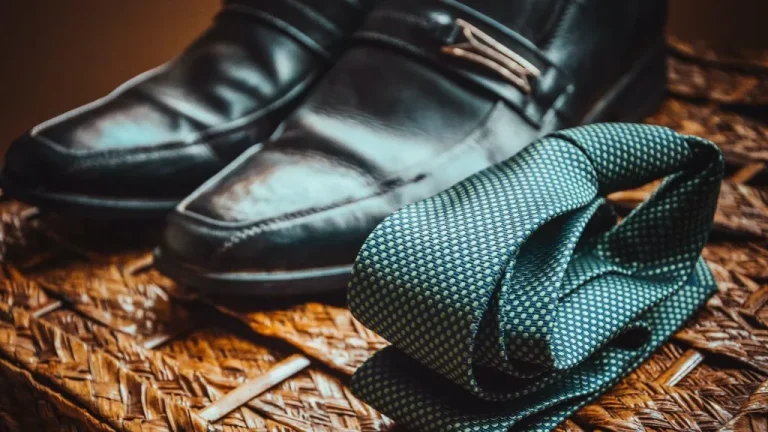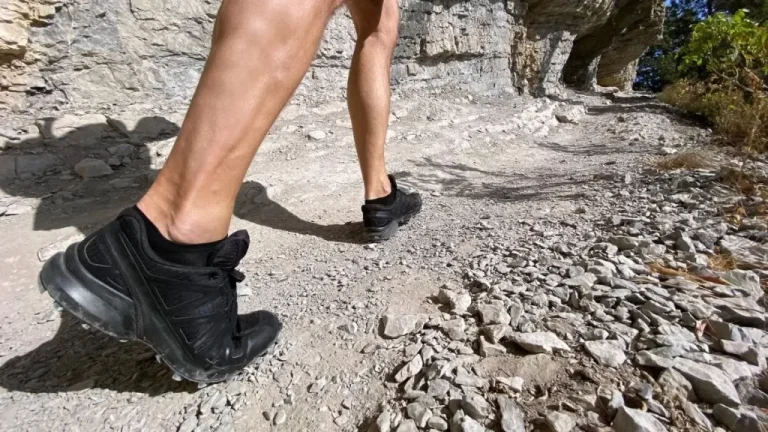How To Prevent Overhanging Toes In Open Toed Shoes?
Overhanging toes in open-toed shoes is a common issue that many people face. It can be both uncomfortable and unattractive. In this topic, we will discuss some measures that you can take to prevent overhanging toes in open-toed shoes.
It is important to remember that comfortable shoes are vital for healthy feet. It is always better to choose shoes that are both fashionable and comfortable, rather than prioritizing fashion over comfort.
Taking these measures can help you avoid overhanging toes and enjoy your open-toed shoes with ease.
14 Step How To Prevent Overhanging Toes In Open Toed Shoes?
To prevent overhanging toes in open-toed shoes, you can follow these steps:
Have Your Feet Measured:
Yes, it is recommended to have your feet measured regularly, especially if you are buying new shoes.
Feet can change in size due to various factors including weight gain or loss, pregnancy, and aging, and it is essential to ensure that you buy shoes that fit your current size.
Professional shoe stores typically have a device called a Brannock foot measuring device, which accurately measures the length, width, and arch length of your feet.
This information can be useful when selecting the right shoe size and style for your foot.
It is best to have your feet measured at the end of the day when they are likely to be at their largest, as well as when you are wearing the type of socks or stockings that you will be wearing with your shoes.
This will help ensure that you get the most accurate measurement possible.
Keeping in mind the size and shape of your feet, you can select open-toed shoes that will fit you comfortably and prevent overhanging toes.
Related To: How Much Do Tennis Shoes Weigh?
Related To: How To Preserve Shoes For A Long Time
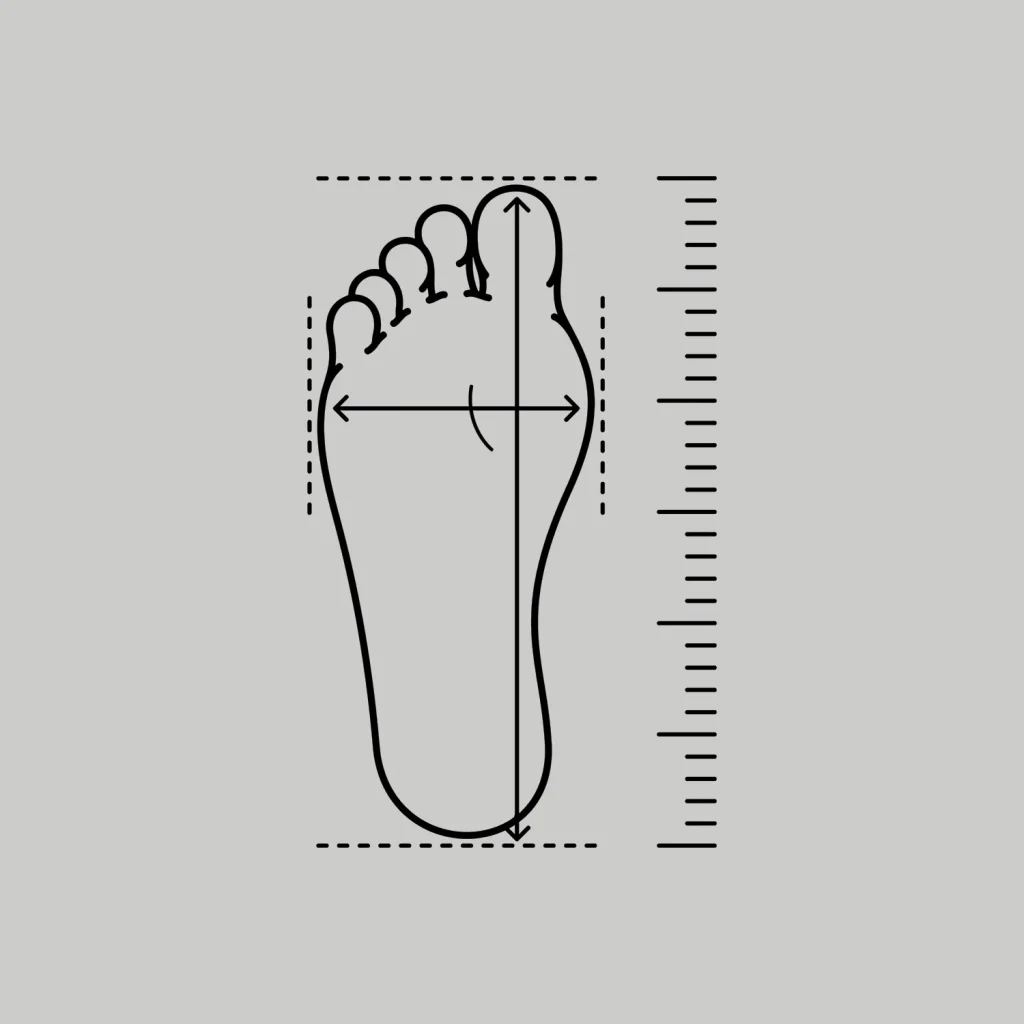
Fit Your Shoes To The Larger Foot:
Fit your shoes to the larger foot if there is a noticeable difference in size between your feet. This will ensure that the shoe fits comfortably on your larger foot, which may have a slightly wider or longer toe box.
When selecting shoes, try them on both feet and walk around in them to ensure that they feel comfortable on both feet.
If the shoe feels tight or uncomfortable on the larger foot, it is likely that it will cause discomfort or overhanging toes.
It’s important to note that while it may be tempting to wear shoes that don’t fit properly because they’re stylish or on sale, it is not worth the discomfort and potential damage they can cause to your feet.
Always opt for shoes that fit both feet comfortably, even if that means selecting different sizes for each foot.
If you have a significant difference in foot size and struggle to find shoes that fit both feet comfortably, consider shopping in stores that offer mismatched shoe sizes or seeking out shoe inserts that can help create a better fit.
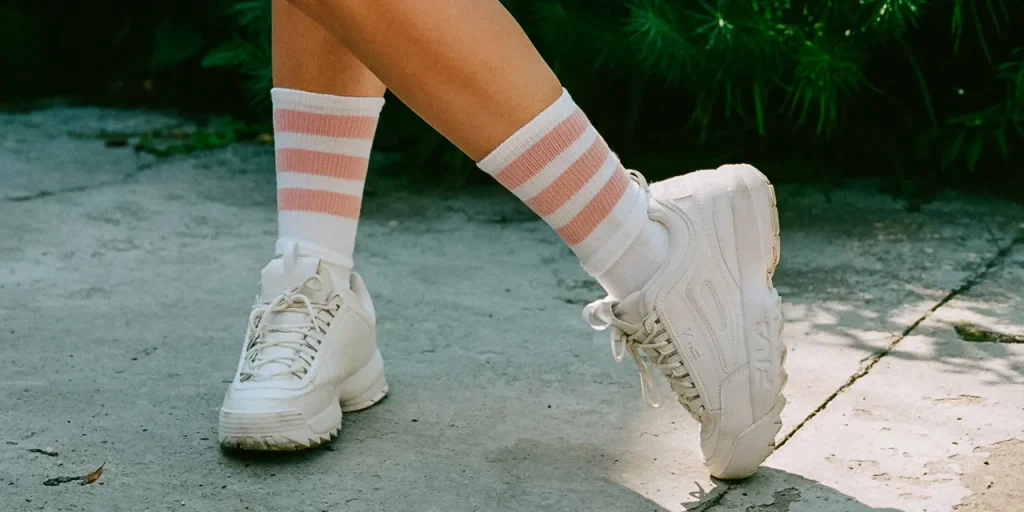
Related To: How To Get Sharpie Off Shoe Rubber
Get measured at the end of the day when your feet are the largest:
Throughout the day, our feet naturally swell and expand, especially if we are standing or walking for prolonged periods of time.
By getting measured at the end of the day, you can ensure that you are selecting shoes that will fit your feet as comfortably as possible throughout the day.
When selecting open-toed shoes, it is also important to keep the shape of your feet in mind. Some people have wider or narrower feet, and some have longer or shorter toes.
Understanding the shape of your foot can help you select open-toed shoes that will fit your feet comfortably and prevent overhanging toes.
It’s also advisable to wear the type of socks or stockings that you typically wear with open-toed shoes while getting measured.
By mimicking the conditions you’re more likely to wear the shoes in, you can ensure a better fit.
Overall, getting your feet measured regularly by a professional will help you select open-toed shoes that fit your feet comfortably, preventing discomfort and overhanging toes.
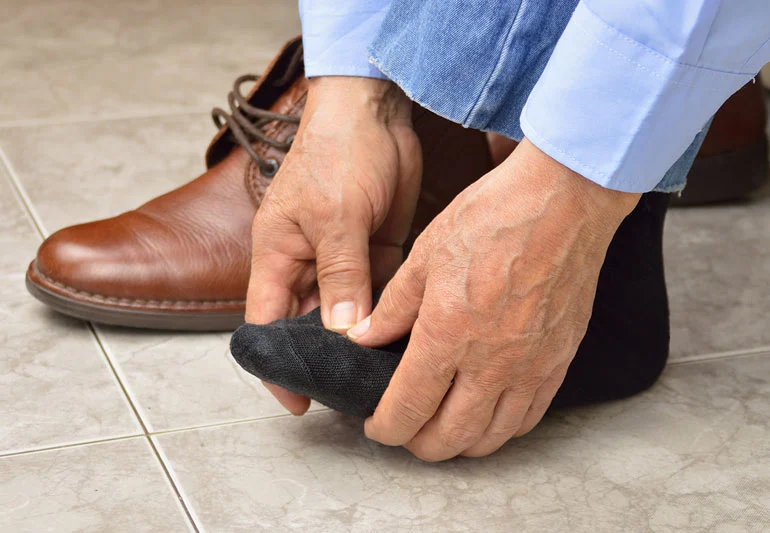
Avoid Shoes That Are too small or too large:
It is important to avoid shoes that are too small or too large when selecting open-toed shoes.
Shoes that are too small can cause your toes to overhang, leading to discomfort and potential damage to your feet.
Shoes that are too large can cause your foot to slide forward, which can also lead to overhanging toes and discomfort.
To ensure a proper fit for open-toed shoes, try them on both feet and walk around to ensure they feel comfortable. There should be enough space between your toes and the end of the shoe to allow you to wiggle your toes freely.
There should be enough space between the sides of your feet and the shoe to allow for natural movement.
If you are struggling to find the right fit for your foot, try different styles or brands that may offer a better fit.
Don’t settle for shoes that cause you discomfort or overhanging toes, as this can lead to long-term foot problems.
Remember that open-toed shoes can be fashion-forward and comfortable if they are the right fit for your feet.
By avoiding shoes that are too small or too large, you can select open-toed shoes that fit your feet comfortably and prevent overhanging toes.
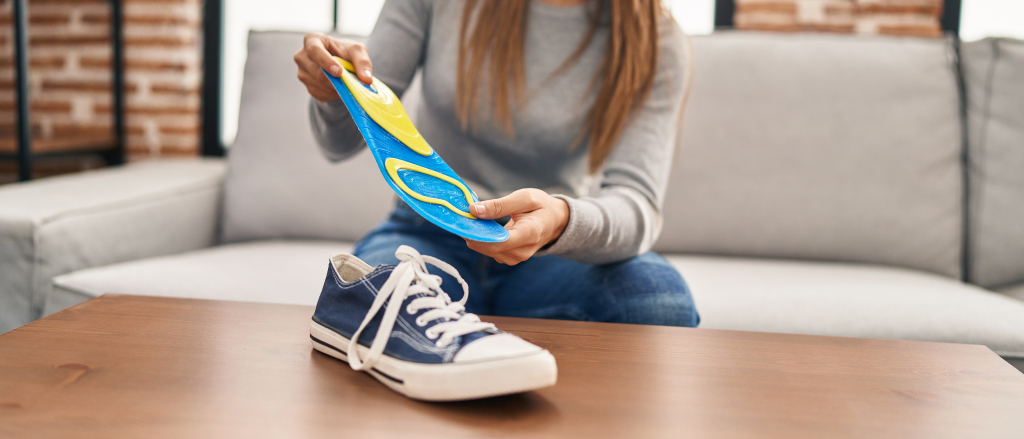
Don’t Rely On Shoe Size Alone:
Yes, it is important to not rely solely on shoe size when choosing open-toed shoes. While shoe size is a good starting point, it can be misleading since different brands and styles may fit differently.
Factors such as the shape of your foot, width and length, and arch height can all affect how well a shoe will fit you. Therefore, it’s essential to try on different shoes and styles to determine which ones provide the best fit for your feet.
It’s worth noting that open-toed shoes can be challenging to fit correctly, particularly if you have broad or narrow feet, as they can cause your toes to overhang or leave too much space in the toe box.
And that some brands or styles are a better fit for you than others.
When trying on open-toed shoes, ensure that there is enough room in the toe box to move your toes freely without feeling cramped.
Additionally, make sure that the shoe’s straps or closures can be adjusted to provide a secure fit around your foot, preventing it from sliding forward and causing overhanging toes.
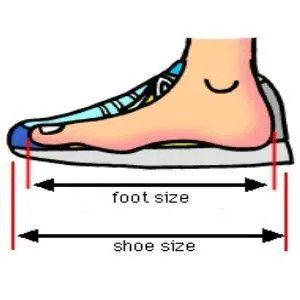
Avoid Heels And Pointed Toes:
If you are concerned about overhanging toes, it is advisable to avoid open-toed shoes with heels and pointed toes.
Heels can cause your weight to shift forward onto your toes, leading to overhanging toes.
Moreover, the higher the heel, the greater the pressure on the ball of your foot, which can cause the foot to slide forward in the shoe, making your toes overhang.
Pointed-toe shoes can be particularly challenging to fit correctly, as they can compress your toes and cause overhanging toes.
Additionally, they restrict toe movement, which can lead to discomfort, blisters, and foot problems.
Opt for open-toed shoes with a lower heel or no heel at all, such as athletic sandals, slides, or flats.
These types of shoes are less likely to cause your toes to overhang and can provide a comfortable fit for your feet.
Additionally, shoes with a rounded or square toe shape can help distribute your toes evenly in the shoe, reducing the likelihood of overhanging toes. Shoes with a wider toe box may also be more comfortable and can prevent overhanging toes.
Ultimately, choosing open-toed shoes that are comfortable, fit well, and don’t cause overhanging toes is essential for good foot health and overall comfort. By avoiding heels and pointed toes, you can find stylish and comfortable open-toed shoes that provide the best fit for your feet.
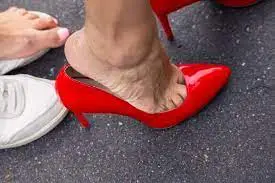
Avoid Square-Toed Shoes:
Square-toed shoes can be a good option for some people as they provide more room in the toe box and allow your toes to spread out naturally.
However, they may also cause overhanging toes, especially if they are too tight.
If you are concerned about overhanging toes, one option is to avoid square-toed shoes.
Instead, opt for shoes with a rounded or almond-shaped toe box, which can provide enough space for your toes to spread out comfortably without causing overhanging toes.
It’s also important to ensure that the shoes you choose have a proper fit, regardless of the shape of the toe box. Shoes that are too small, too tight, or too loose can all cause your toes to overhang or lead to discomfort and pain.
When selecting open-toed shoes, try them on both feet and walk around to ensure they feel comfortable.
Ensure there’s enough space between your toes and the end of the shoe to allow you to wiggle your toes freely.
The shoes’ straps or closures should also be adjustable to provide a secure fit around your foot, preventing it from sliding forward and causing overhanging toes.
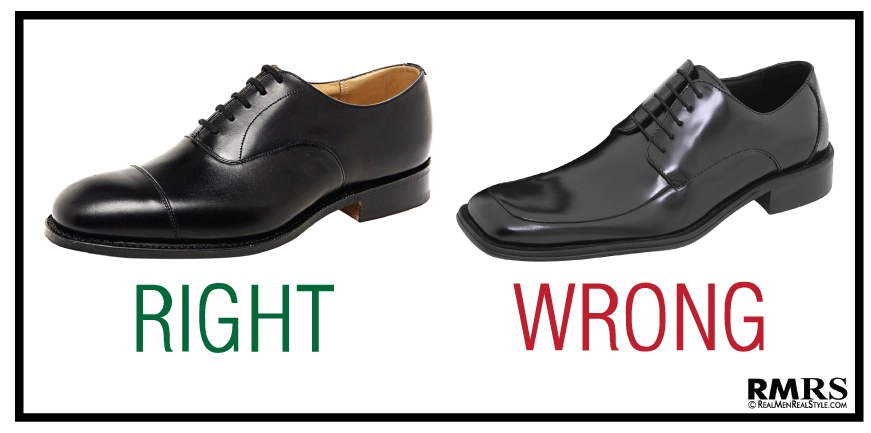
Look At The Shape Of the shoe:
When selecting open-toed shoes, it is crucial to look at the shape of the shoe and how it fits your foot. The shape of the shoe can have a significant impact on whether your toes overhang or not.
Shoes that are too narrow and pointed can squeeze your toes together and cause overhanging toes.
On the other hand, shoes that are too wide can cause your foot to slide forward and create overhanging toes.
Shoes with a rounded or almond-shaped toe box can provide enough space for your toes to spread out and reduce the likelihood of overhanging toes.
Additionally, shoes with a wider toe box can also help prevent this problem by accommodating your toes more comfortably.
It’s also important to ensure that the shoe’s arch fits your foot correctly. If the arch is too high or low, it can cause your foot to slide forward, leading to overhanging toes.
When selecting open-toed shoes, it’s essential to look at the shoe’s overall shape and ensure that it fits your foot properly.
Choosing shoes that have a comfortable and appropriate shape can help prevent overhanging toes and provide maximum comfort for your feet.
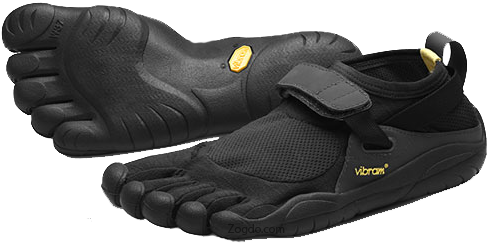
Don’t plan on shoe stretching over time:
It is not advisable to plan on open-toed shoes stretching over time. While some materials, such as leather, may stretch and conform to the shape of your foot over time, it is never a guarantee.
If shoes feel slightly tight or uncomfortable when you first try them on, it’s best to avoid them and look for a different size or style.
Wearing shoes that are too tight can cause discomfort, blisters, and even lead to long-term foot problems.
When selecting open-toed shoes, always choose shoes that fit your feet comfortably and allow enough space for your toes to move freely without overhanging.
It’s also essential to consider the shape of the shoe and ensure that it fits your foot’s arch correctly.
Another important thing to keep in mind is that open-toed shoes that are too loose can cause your foot to slide forward and create overhanging toes.
This can lead to discomfort and pain, as well as other foot problems.
It’s best to avoid planning on open-toed shoes stretching over time.
Always choose shoes that fit comfortably and provide enough space for your toes to move freely without overhanging. Doing so can help prevent discomfort and long-term foot problems.
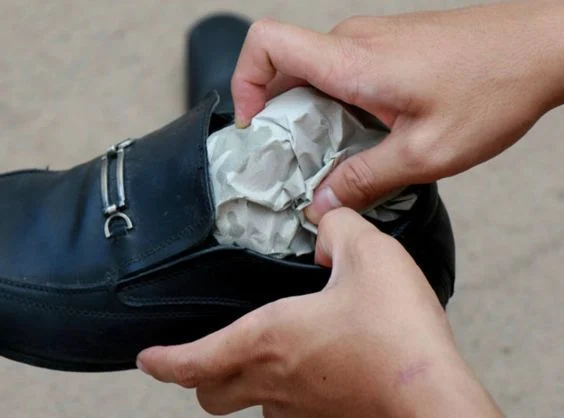
Check The Width Of The Shoe:
Yes, it is important to check the width of the open-toed shoe when selecting one to ensure a proper fit and prevent overhanging toes.
Shoes that are too narrow can squeeze your toes together, causing them to overhang, while shoes that are too wide can cause your foot to slide forward, also resulting in overhanging toes.
Different brands and shoe styles may have different widths, so it’s essential to try on various styles and brands to determine which one provides the best fit for your feet.
Shoes that are labeled as “wide” or “narrow” might be more appropriate for someone with a wider or narrower foot accordingly.
It’s also helpful to determine what your foot’s width is to ensure that you select the proper shoe width.
You can do so by measuring the widest part of your foot and comparing it to a footwear sizing guide for your specific country.
Lastly, it is essential to ensure that the shoes you choose have a proper fit, with enough space between your toes and the end of the shoe to allow you to wiggle your toes freely.
If there’s not enough space, you might need to size up or try a different style or brand
Checking the width of the open-toed shoe is crucial when selecting one to avoid overhanging toes.
Shoes that are too narrow or too wide can cause discomfort and foot problems, so be sure to try on different styles and brands to find the best fit for your foot’s width and shape.
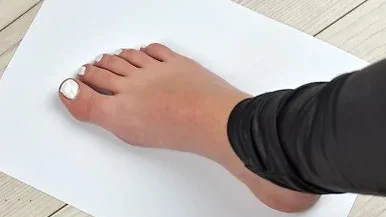
Consider Curling Your Toes To Fit:
It is not advisable to curl your toes to fit into open-toed shoes. Wearing shoes that are too small or tight can put pressure on your toes and cause discomfort, blisters, and other foot problems.
When selecting open-toed shoes, it’s crucial to choose shoes that fit your feet comfortably and don’t cause overhanging toes without having to curl or scrunch your toes.
Your toes should be able to move freely without any discomfort.
When trying on open-toed shoes, ensure that there is enough space in the toe box for your toes to wiggle freely.
Shoes that are too tight in the toe box can shift your foot forward and create overhanging toes while shoes that are too loose can cause your foot to slide forward, leading to the same problem.
Remember that wearing shoes that fit properly is essential for good foot health and overall comfort.
Choosing open-toed shoes that fit comfortably without having to scrunch or curl your toes can help prevent overhanging toes and other foot problems.
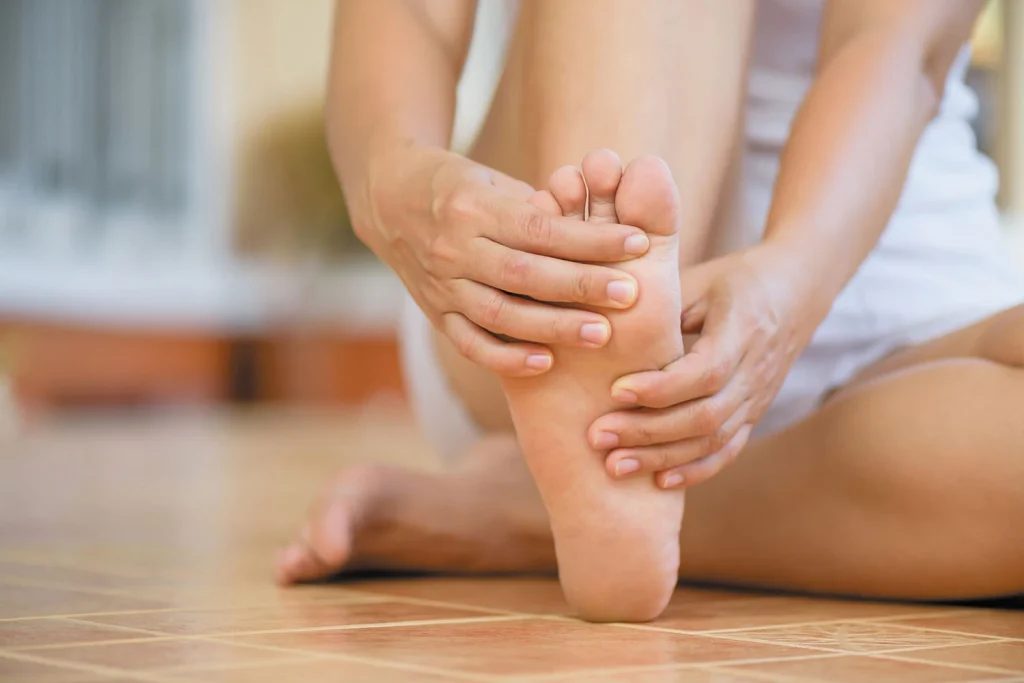
Check The Depth Of The Shoe:
Yes, it’s important to check the depth of the open-toed shoe when selecting one, especially if you have high arches or any foot conditions.
The depth of the shoe is how much space there is between the top of your foot and the sole of the shoe.
If you have high arches or other foot conditions, you may need more depth in a shoe to accommodate your foot comfortably.
When trying on open-toed shoes, make sure there is enough space between the top of your foot and the sole of the shoe.
If the shoe feels too tight over the top of your foot, it may be too shallow, and you may need to select a different style or size.
Additionally, shoes that are too deep can cause your foot to slide forward and create overhanging toes.
Make sure the depth is appropriate for your foot before selecting a pair of open-toed shoes.
Overall, checking the depth of the open-toed shoe is essential when selecting a pair to ensure a proper fit and prevent overhanging toes and other foot problems. By choosing a shoe with the right depth, you can keep your feet comfortable and healthy.
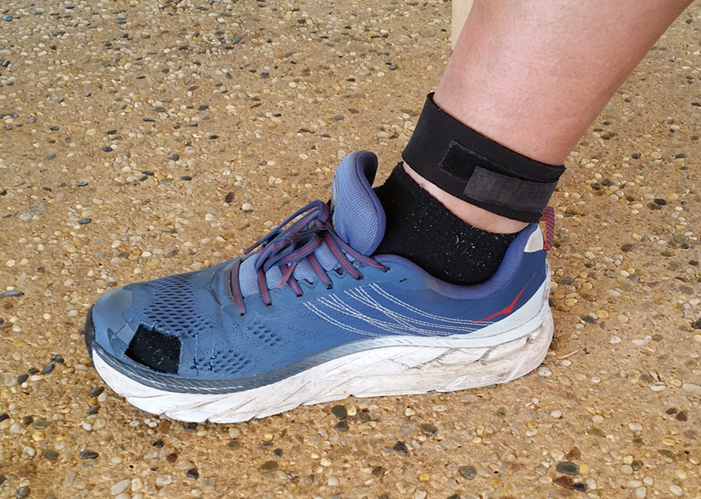
Check The Space At The End Of The Shoe:
Yes, it’s essential to check the space at the end of the open-toed shoe when selecting one to ensure a proper fit and prevent overhanging toes.
When trying on open-toed shoes, there should be enough space between your toes and the end of the shoe to allow you to wiggle your toes freely. If there’s not enough space, your toes may overhang, causing discomfort and potential foot problems.
Additionally, if there’s too much space at the end of the shoe, your foot may slide forward, also causing overhanging toes and discomfort.
When selecting open-toed shoes, ensure that the space at the end of the shoe is appropriate for your foot size and shape. If the shoes feel too small or too large, try on a different size or style to see if it fits better.
Remember, choosing open-toed shoes that fit properly is essential for good foot health and overall comfort.
By checking the space at the end of the shoe, you can ensure that you’re selecting open-toed shoes that fit your feet comfortably and prevent overhanging toes.
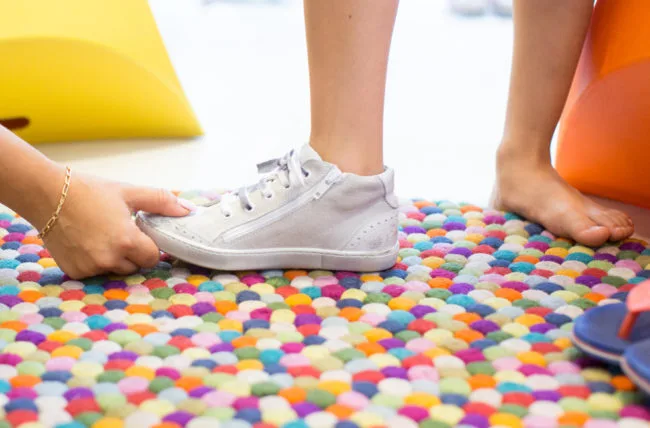
Don’t Worry About Shoes “Breaking in”
It’s true that it’s not advisable to rely on shoes “breaking in” when selecting open-toed shoes. While some shoes may naturally conform to the shape of your feet
By following these steps, you can help prevent overhanging toes and enjoy wearing open-toed shoes without any discomfort.
Conclusion
To prevent over-enhancing toes in open-toed shoes, it’s important to choose shoes that fit well, avoid wearing shoes that are too high or narrow, take care of your feet, and give them a break by alternating with closed-toe shoes.
It is also recommended to apply foot powder to reduce moisture and friction between the toes, and choose shoes with a wider toe box to prevent toes from being squeezed and over-enhanced.
By following these preventative measures, you can enjoy open-toed shoes without causing discomfort or over-enhancement to your toes.

